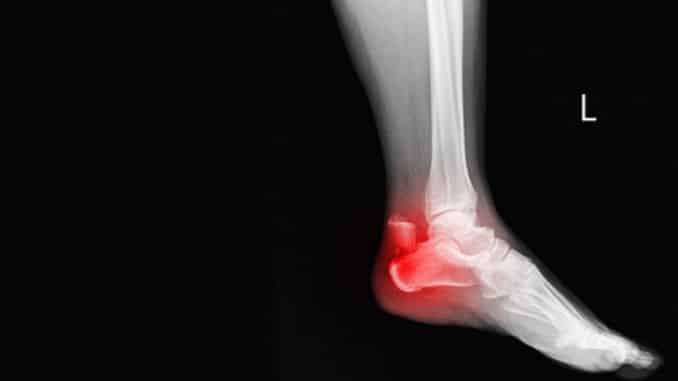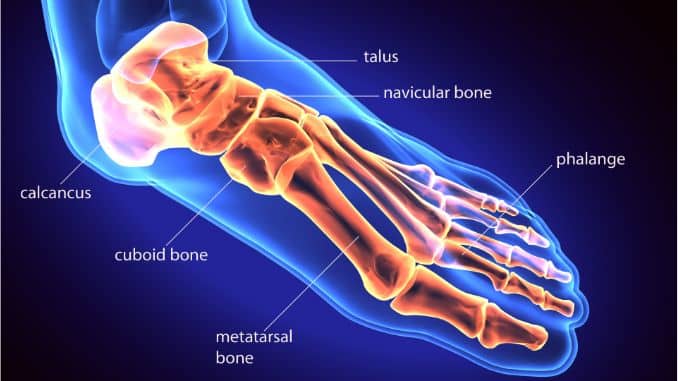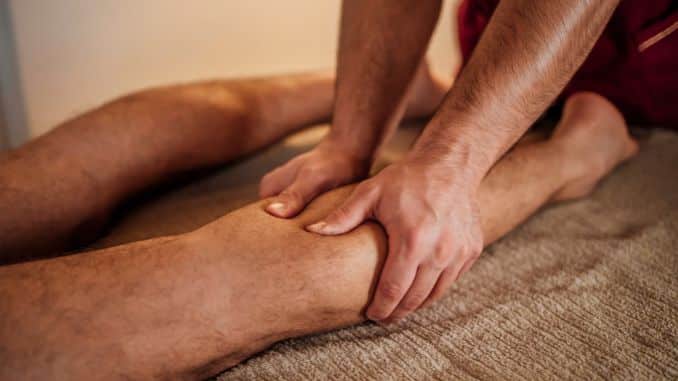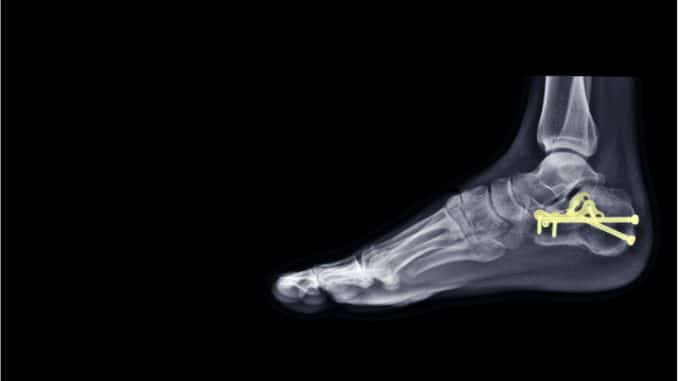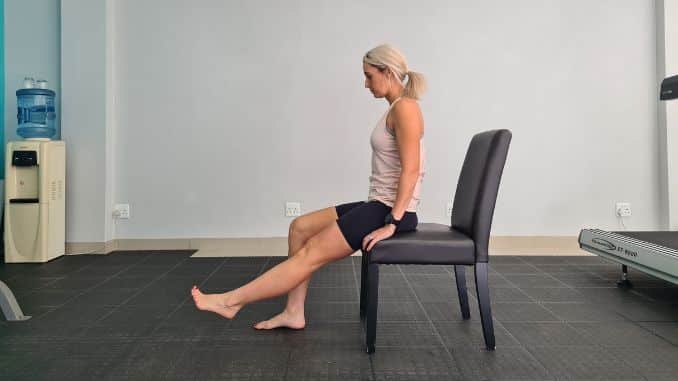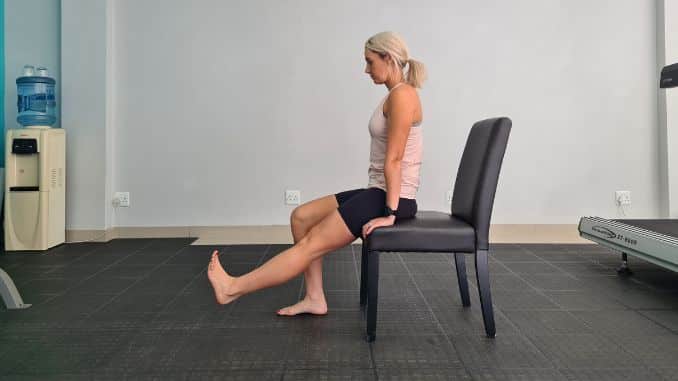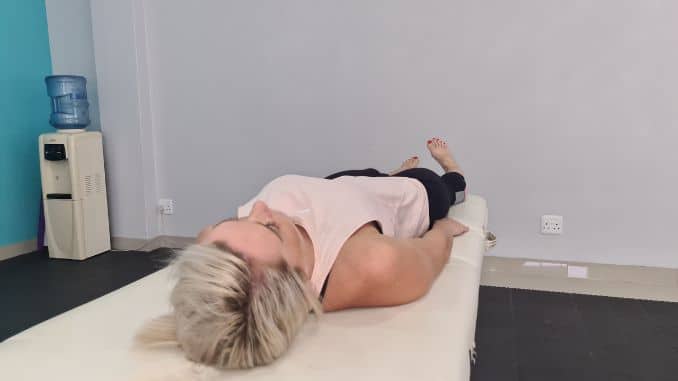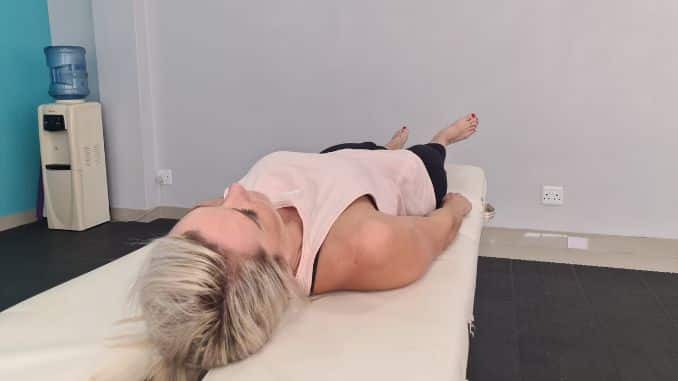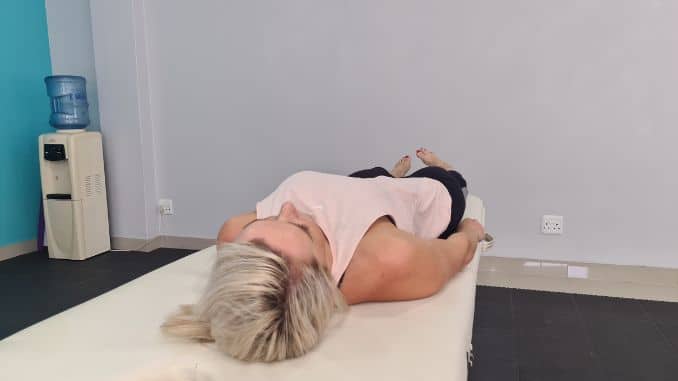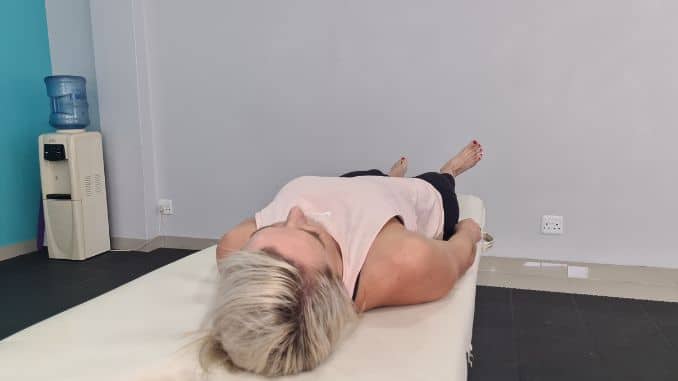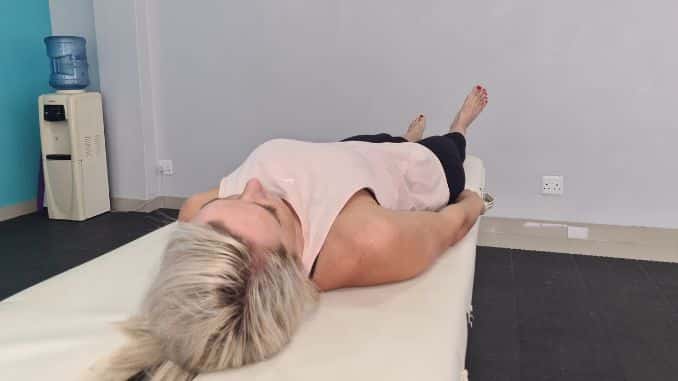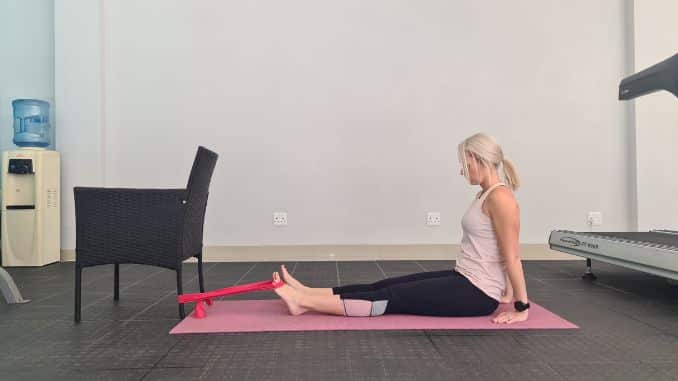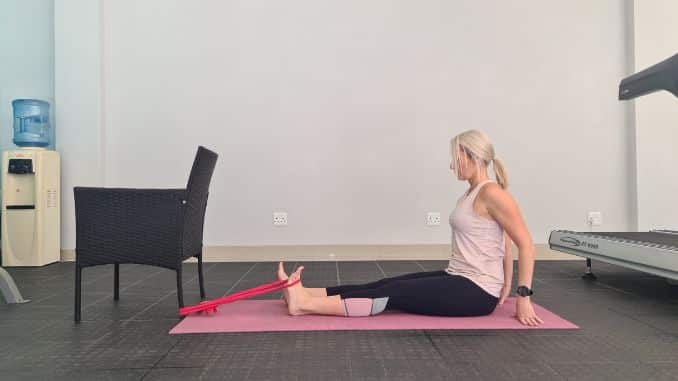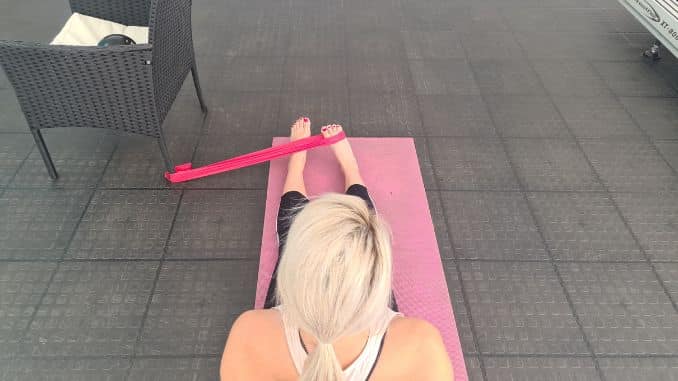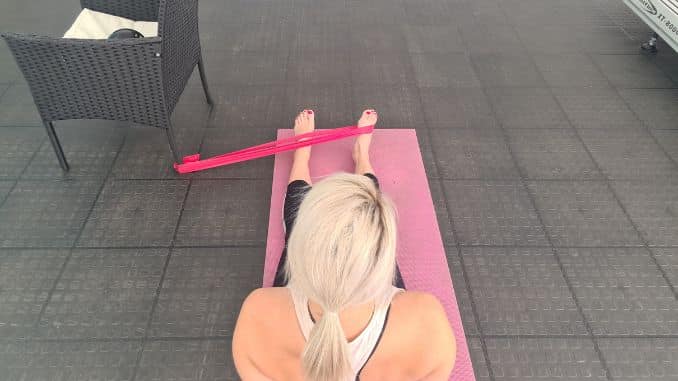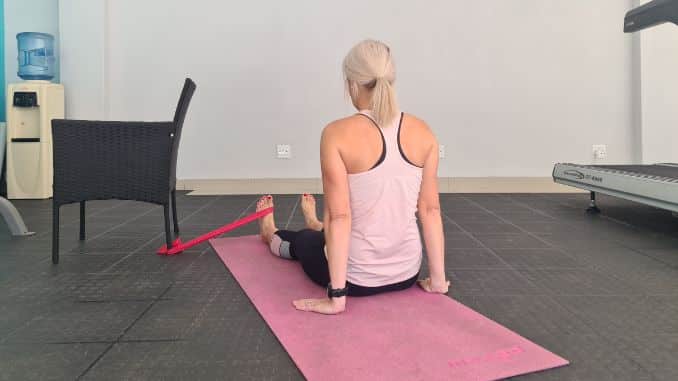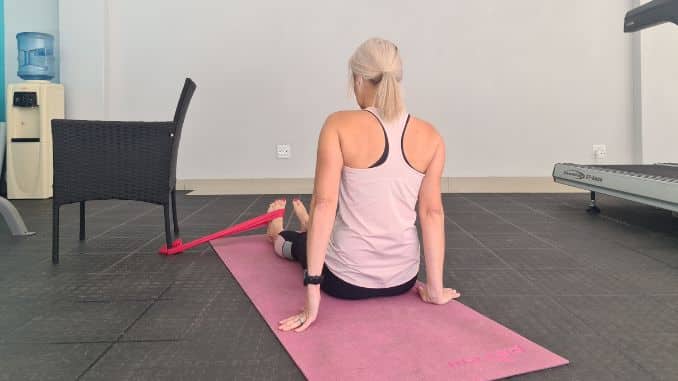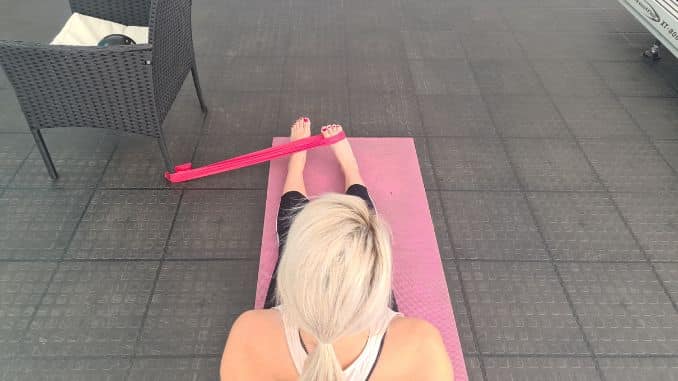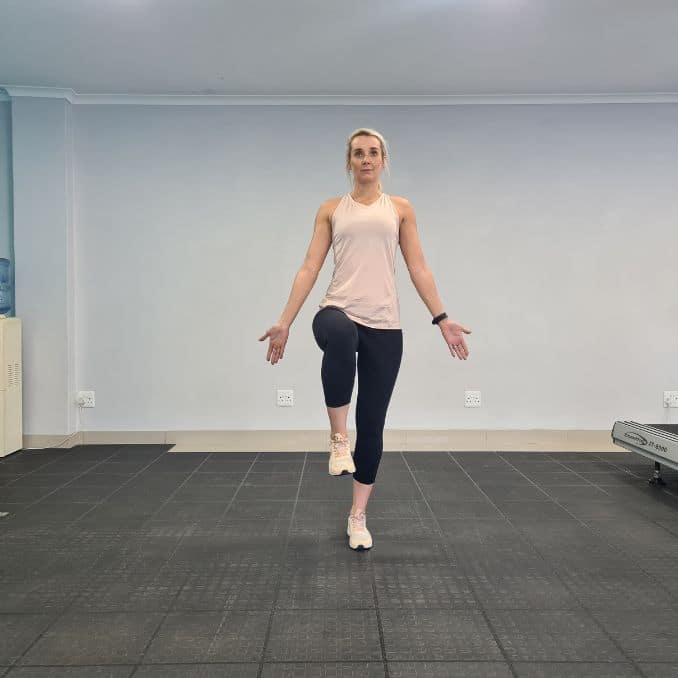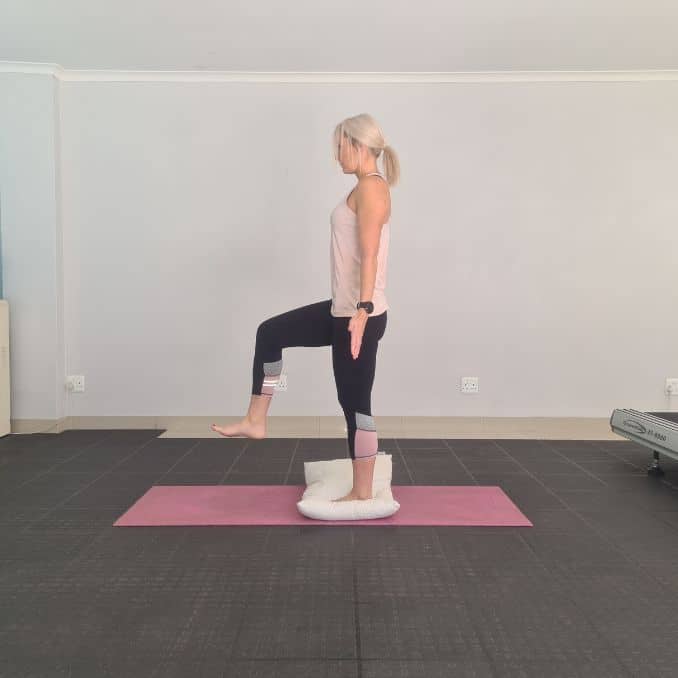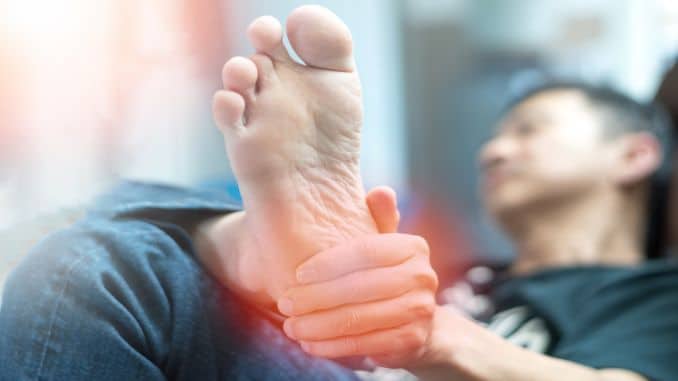
The heel bone is important in walking, running, jumping, and more. It also provides support and stability for the foot. The heel bone, or the calcaneus, while uncommon, can suffer from what we call a stress fracture. A stress fracture is a small break on the heel bone. This could be severe and have a grave effect on one’s quality of life.
A stress fracture happens due to an acute, high-stress injury or when repeated stress on the bone is applied over a long period of time. A calcaneal stress fracture can be caused by a motor vehicle accident, a fall from a high place, or even a traumatic twist of the ankle. It can also happen to athletes, especially runners.
Anatomy of the Foot
The foot is divided into three regions: the hindfoot, the midfoot, and the forefoot.
The hindfoot begins in the ankle joint and up to the transverse tarsal joint. It is composed of the talus and the calcaneus. The calcaneus is the largest of the 7 tarsal bones.
It has 4 facets: 1 anteriorly and 3 superiorly. Anteriorly, it connects with a cuboid forming the calcaneocuboid joint. While superiorly, it has anterior, middle, and posterior facets that represent the major weight-bearing surface) which articulate with the talus forming the talocalcaneal joint( subtalar joint).
To provide additional support for the joint, there are interosseous ligaments and medial, lateral, and posterior talocalcaneal ligaments. Medial to the calcaneus, there is a bony projection supporting the neck of the talus; it is called sustentaculum tali. The tibial artery, nerve, posterior tibial tendon, and flexor hallucis longus tendon are also located medially and are at risk for impingement. Lateral to the calcaneus are the peroneal tendons.
The calcaneus acts as a base and support for the body’s weight, acts as the main articulation for inversion and eversion, and acts as a lever for the gastrocnemius muscle complex.
Signs and Symptoms
Symptoms may include the following:
- Pain, swelling, tenderness, and bruising at the ankles or are of the fracture
- Pinpoint pain when the bone is touched
- Pain upon movement, activity, or weight-bearing and is not relieved at rest
- Inability to shift weight on foot when walking.
How is it diagnosed?
A physical examination will be done, and you may be asked to have an X-ray of your heel. If the calcaneal stress fracture is too small, a Magnetic Resonance Imaging (MRI) Test is for a more detailed one.
Calf Squeeze Test
A squeeze test will also be done to assess the integrity of the bones, interosseous membrane, and syndesmotic ligaments.
To do this, place both of your hands on the heel, just near the middle of the calf, then compress it in an anteromedial to posterolateral direction. A positive test is done if the action produces pain in the ankle joint.
Home Care Remedies
It’s important to go to the doctor for assessment. In the meantime, follow the RICE method as first aid.
-
Rest:
Do not move the affected limb and avoid weight-bearing activities. If needed, you can wear a stiff-soled, supportive shoe.
-
Ice:
To reduce swelling, put ice on the painful area during the first 24-48 hrs of injury.
-
Compression:
To reduce swelling, wrap a bandage around the area.
-
Elevation:
Use a chair or pillow to elevate your foot; it must be higher than your heart to reduce swelling.
Treatment Approach
Treatments for this depend on multiple factors, such as individual fracture pathoanatomy, accompanying soft-tissue damage, associated injuries, functional demand, and the patient’s past and present medical history.
Additionally, for most cases of a calcaneal stress fracture, surgery is needed. The main goal of the surgery is to reconstruct the overall shape and joint surfaces of the calcaneus to acquire a good functional result. Surgery by open reduction and internal fixation of the fracture is recommended and usually reduces the risk of developing post-traumatic arthritis.
Moreover, if there is no need for surgery, there are non-surgical treatments recommended. Non-surgical treatments may be done if there is no impingement of the peroneal tendons and the fracture segments are not displaced or are displaced less than 2 mm if proper weight-bearing alignment is maintained and its articulating surfaces are intact.
During immobilization, a cast, splint, or brace will be used to hold the bones together in a proper alignment to heal. Depending on the healing of the bones, braces will be worn for at least 6 to 8 weeks, and weight-bearing should be avoided.
Furthermore, surgery may be recommended if the fracture can’t heal on its own. In the surgery, your doctor will insert fasteners — like pins, screws, plates, or a combination of these, to hold the small bones of your foot and ankle together. It takes about 6-8 weeks for the fracture to heal. And depending on the results of your x-ray, your doctor may advise you to start exercises.
Exercises
After surgery, there is little to no muscle activity in the foot and ankle, which could cause muscle weakness. Even if it’s a small movement, exercise will help regain and retain ankle movement.
Moreover, surgery is necessary for most cases of a calcaneal stress fracture. Before starting any exercise, make sure to consult your healthcare provider for its suitability and when you should start the exercises.
A. Flexibility & Range of Motion Exercises:
1. Ankle Pumps
Lie on your back on the bed. Dangle your feet on the edge of the table. Point your feet up and down. Do this for 20 repetitions.
2. Foot and Ankle Inversion and Eversion
Lie on your back on the bed. Dangle your feet on the edge of the table. Moreover, move your foot in and out. Do this for 20 repetitions.
3. Foot and Ankle Circles
Moreover, lie on your back on the bed. Dangle your feet on the edge of the table. Move your foot in a clockwise direction, then reverse. Do this for 20 repetitions, pain-free.
4. Alphabet Writing with Foot and Ankle
Moreover, lie on your back on the bed. Dangle your feet on the edge of the table. Try to write the Alphabet by moving your foot in the air. Complete it from A-Z. Do this twice.
As you regain your flexibility and range of motion, you can begin with ankle-strengthening exercises. For this, you may use a resistance band or a towel as an alternative.
B. Strengthening Exercises:
1. Resisted Ankle Dorsiflexion
Do this while in a long sitting position on the floor. Moreover, put the resistance band on your feet, as seen below, and tie the other end to a stable pole. Then move your feet, pointing at the ceiling. Hold it for 7 seconds, then put it in a resting position. Do this for 10 repetitions, 1-2 sets.
2. Resisted Ankle Plantarflexion
Do this while in a long sitting position on the floor. Put the resistance band on your feet, as seen below, and hold the other end. Then move your feet, pointing at the wall. Hold it for 7 seconds, then put it in a resting position. Do this for 10 repetitions, 1-2 sets.
3. Resisted Ankle Inversion
Do this while in a long sitting position on the floor. Put the resistance band on your feet, as seen below, and tie the other end on a stable pole. Then move your feet inward and hold it for 7 seconds and return to the resting position. Do this for 10 repetitions, 1-2 sets.
4. Resisted Ankle Eversion
Do this while in a long sitting position on the floor. Put the resistance band on your feet, as seen below, and tie the other end on a stable pole. Then move your feet outwards, hold it for 7 seconds, and return to the resting position. Do this for 10 repetitions, 1-2 sets.
Moreover, as you regain strength and your fracture heals, you may start doing balance exercises. Doing this could help in regaining joint position awareness or proprioception. This could improve your ability to shift with your body’s center of gravity while being in control.
C. Balance Exercises:
1. Single Leg Balance on a Flat Surface
Stand on one leg and maintain balance for at least 30 seconds-1 minute.
2. Single Leg Balance on an Uneven Surface
Moreover, stand on one leg with a pillow under your feet. Maintain balance for at least 30 seconds-1 per minute.
As with any exercise, it is better to consult your healthcare provider about the exercises you can do as it depends on your fracture’s healing and other factors such as comorbidities.
Takeaway
Although a calcaneal stress fracture is common among athletes, especially runners, it can happen to anyone. Understanding what causes it may prevent you from suffering an injury like this. Meanwhile, if you have been diagnosed with this, early treatment will make a good prognosis and may help in conserving joint function, thus reducing the chronic effects of fracture.

